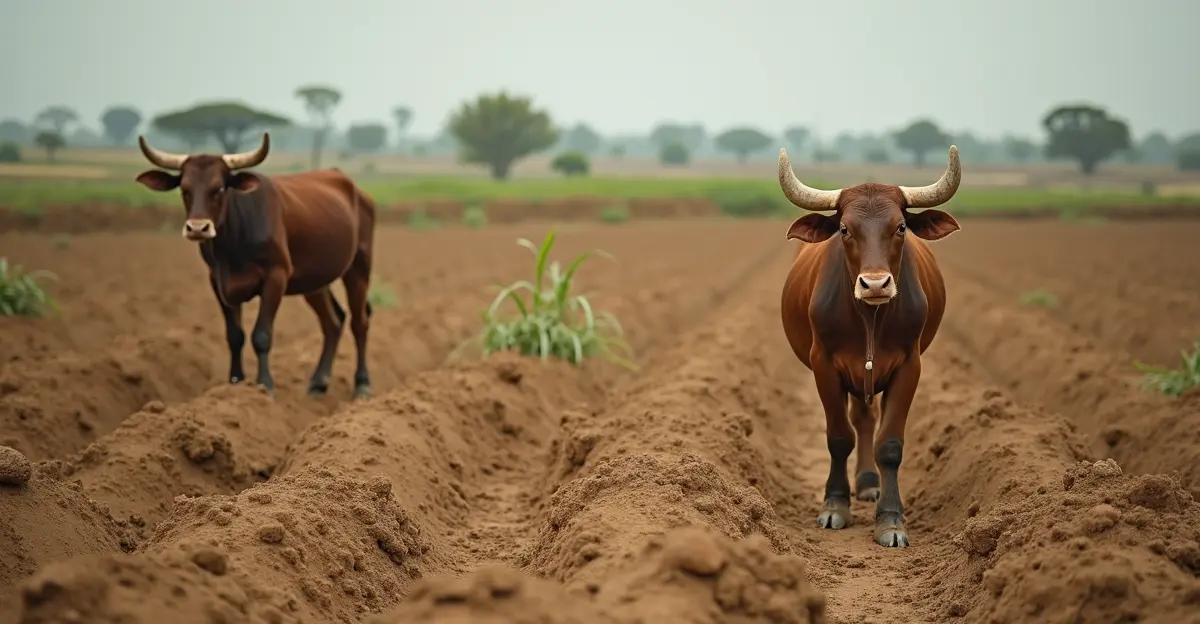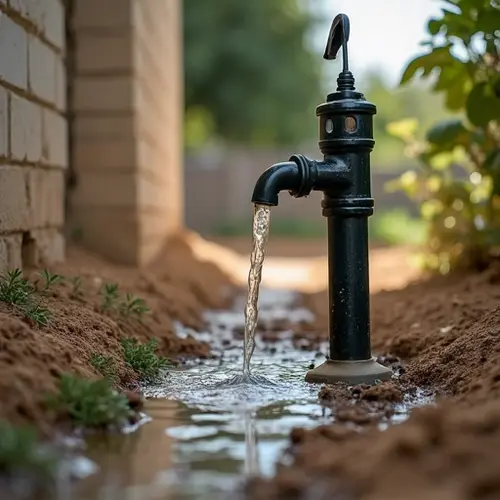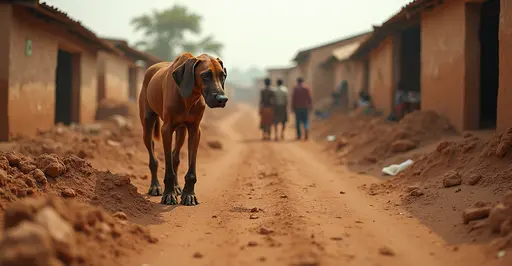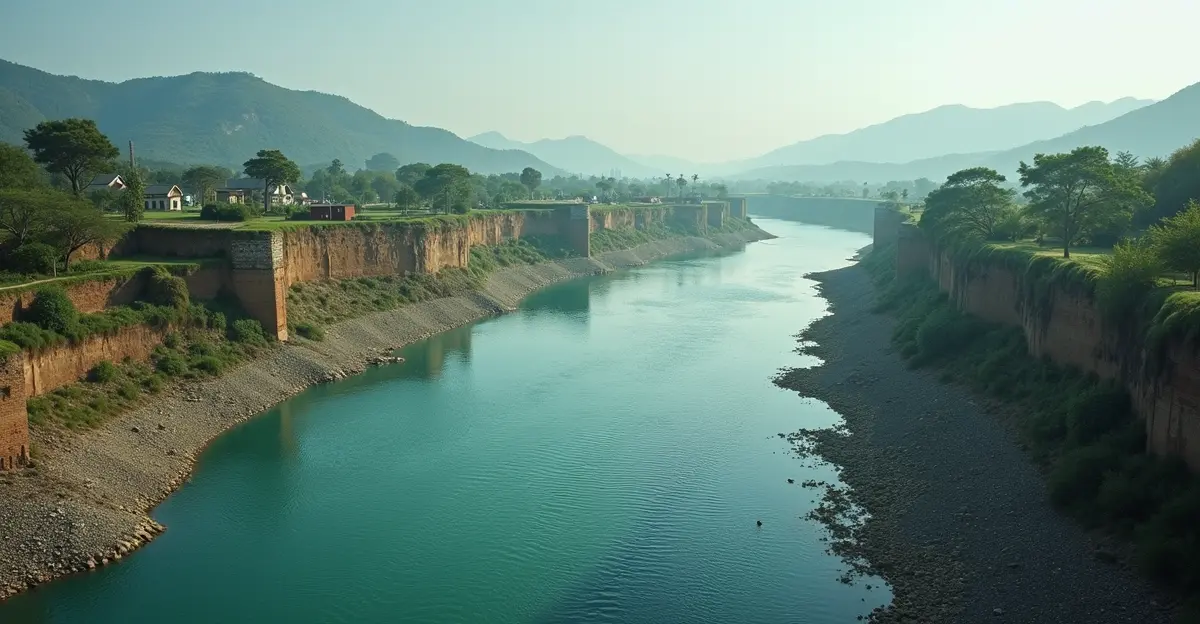
The Growing Water Crisis: How Droughts Are Reshaping Agriculture
Drought conditions are intensifying globally, creating unprecedented challenges for farmers and communities that depend on reliable water sources. As climate patterns shift, water shortages are becoming more frequent and severe, threatening food security and economic stability worldwide.
Agricultural Impacts
Farmers across multiple continents are facing devastating crop losses due to prolonged dry spells. In traditional agricultural regions, irrigation systems are running dry, and soil moisture levels have reached critical lows. The economic consequences are staggering - with crop yields declining by 30-50% in some of the worst-affected areas.
Livestock farmers are equally affected, as pasture lands turn brown and water sources for animals disappear. Many are being forced to sell their herds at reduced prices or watch them perish from dehydration and malnutrition.
Global Hotspots
Several regions are experiencing particularly severe drought conditions. The American Southwest continues to grapple with multi-year water shortages that have forced agricultural cutbacks. Southern Europe faces similar challenges, with countries like Spain and Italy implementing water rationing measures.
In Africa, the Horn region remains in a state of emergency, with millions facing food insecurity due to failed harvests. Australia's agricultural heartlands are also experiencing renewed drought pressures after a brief period of relief.
Economic and Social Consequences
The ripple effects extend far beyond the farm gate. Food prices are rising globally as supply chains feel the pressure of reduced production. Rural communities are experiencing economic decline as agricultural incomes plummet.
Water scarcity is also driving migration patterns, with families leaving drought-stricken areas in search of better opportunities. This creates additional pressure on urban infrastructure and social services in receiving communities.
Adaptation and Solutions
Farmers and governments are implementing various strategies to cope with water shortages. These include adopting drought-resistant crop varieties, improving irrigation efficiency, and implementing water conservation measures.
Technological innovations such as precision agriculture, soil moisture monitoring, and advanced weather forecasting are helping farmers make more informed decisions about water usage. However, these solutions require significant investment and widespread adoption to make a meaningful impact.
International cooperation and climate adaptation funding are becoming increasingly important as nations recognize that water scarcity is a global challenge requiring coordinated solutions.

 Nederlands
Nederlands English
English Français
Français Deutsch
Deutsch Español
Español Português
Português







